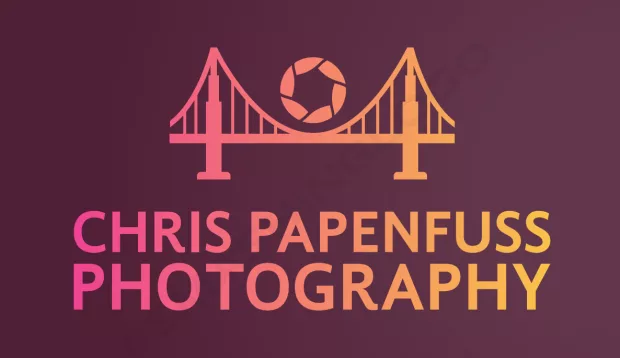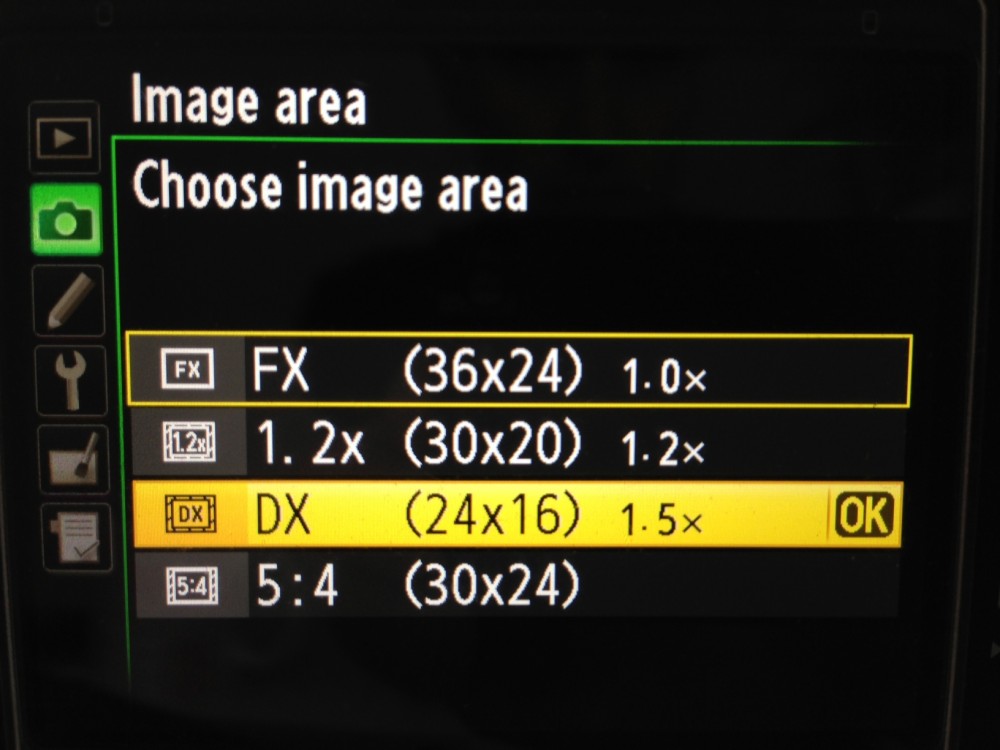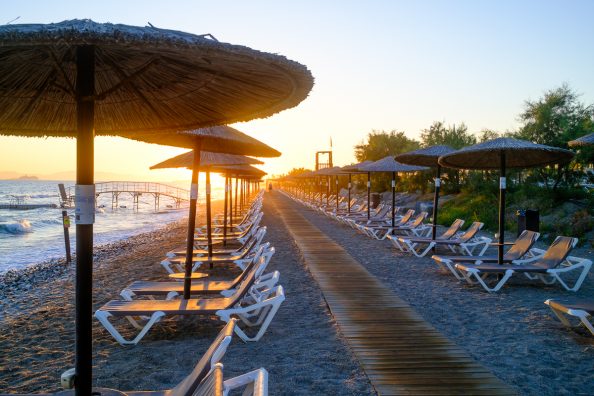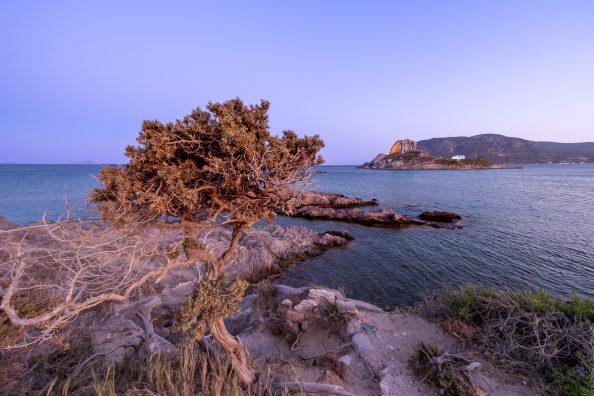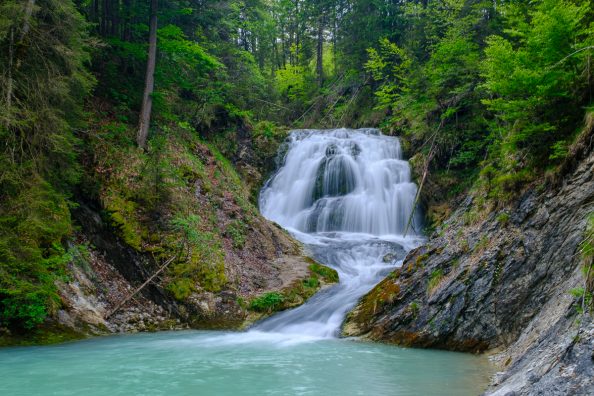Walimex Fisheye
Fisheyes are a lot of fun but they belong to the category of lenses that you won’t take out of your camera bag on a daily basis. If overused, the distinct look of the fisheye can easily get on your nerves. It was that paradox that created a bit of an investment problem for me: should I purchase one of the pretty expensive Nikon lenses or is there a cheaper alternative? Research quickly surfaced a solid alternative: the Walimex 8mm F3.5 Fisheye. It had received very decent reviews. It is also sold under the Samyang and Rokinon brands. You can purchase it for around 350USD. A great deal. If it works. So, does it work? My short answer is: Yes, it does. Not only that. It actually works great on my 36MP Nikon D800.
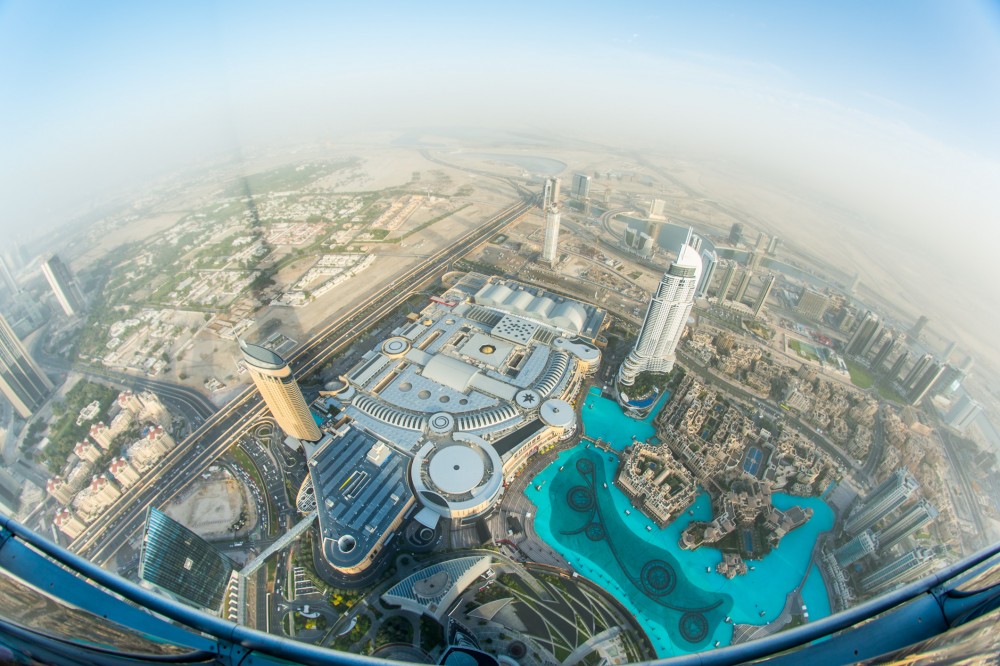
First impression
The Walimex Fisheye is a very solid lens. I had expected a plastic toy when I saw the price but ended up being pleasantly surprised: The fisheye feels great and the focus ring is really smooth. Speaking of focus, the Walimex Fisheye does not support autofocus. That’s not a problem, however. Focusing a fisheye is rather easy and almost foolproof due to its amazing depth of field. I recommend playing with the focus at home before taking it out on a real photo shoot.

A DX Fisheye on Fullframe?
The Walimex Fisheye is a DX lens. Nevertheless, you can still use it on a fullframe (FX) camera like the Nikon D800. The resulting images need to be cropped in post-production.
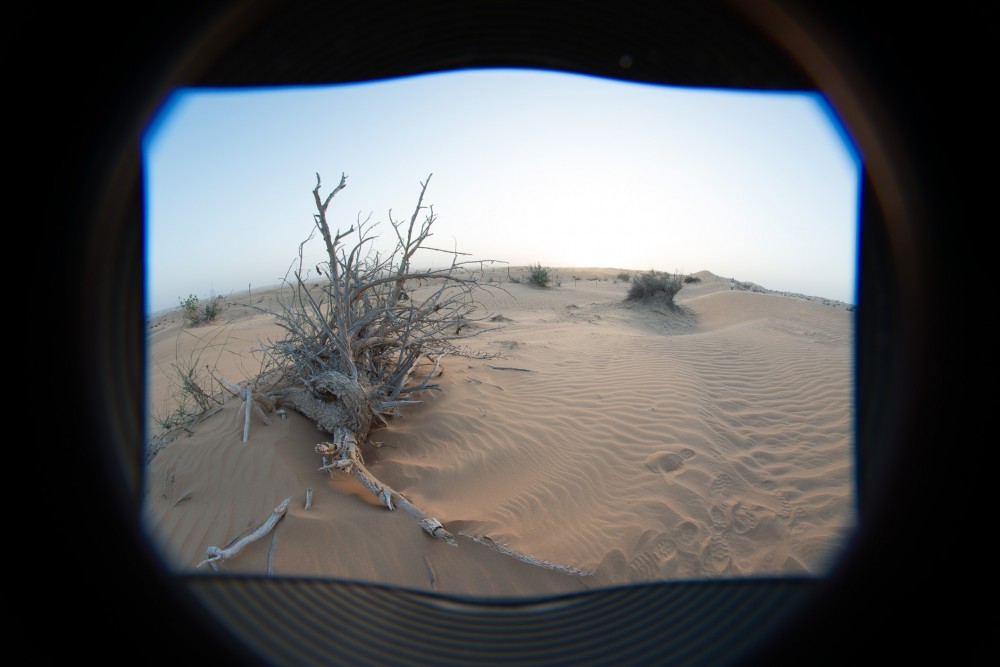
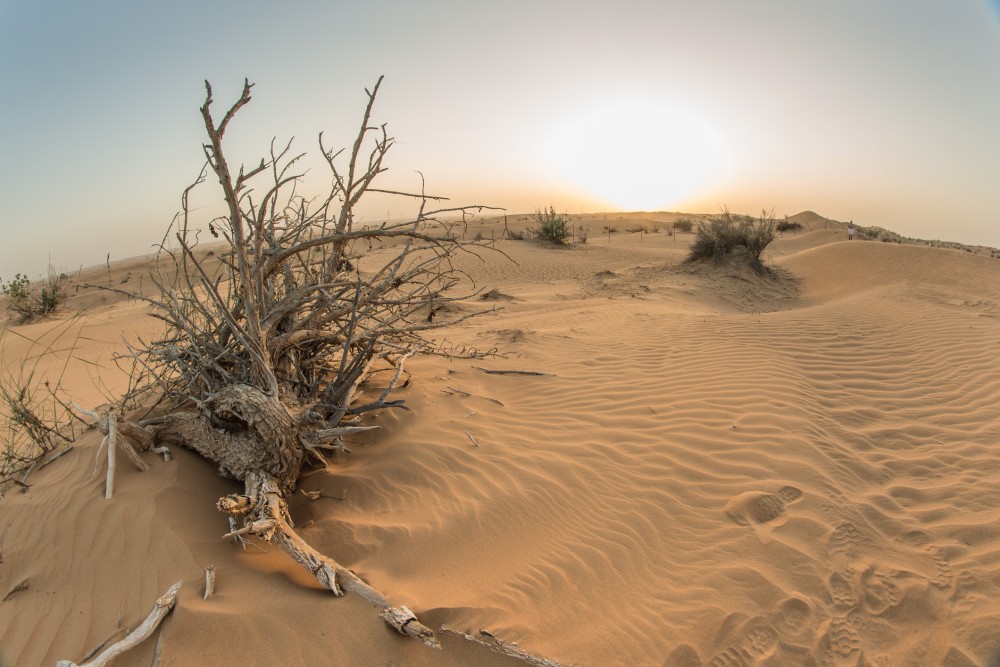
Alternatively, you can also switch to the DX mode which basically allows you to use any DX lens. The D800 produces 18MP photos in that mode. I have found that the DX mode is my preferred way to use the Walimex Fisheye.
The results
So far so good. What about the really important stuff – image quality. My personal verdict: the lens rocks. The resulting photographs are surprisingly sharp (see the two images below). There is some chromatic aberration (those nasty purple de-colorations) but it can easily be controlled and removed in post-production. The only thing I have found is that you need to tune up the clarity slider in Lightroom. Below are some sample photos.



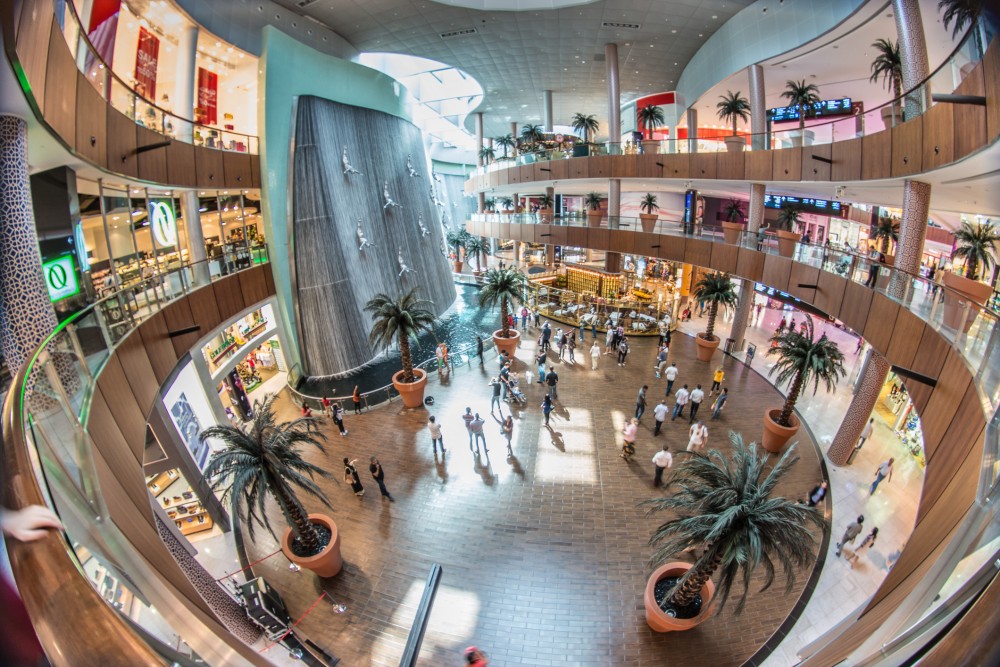
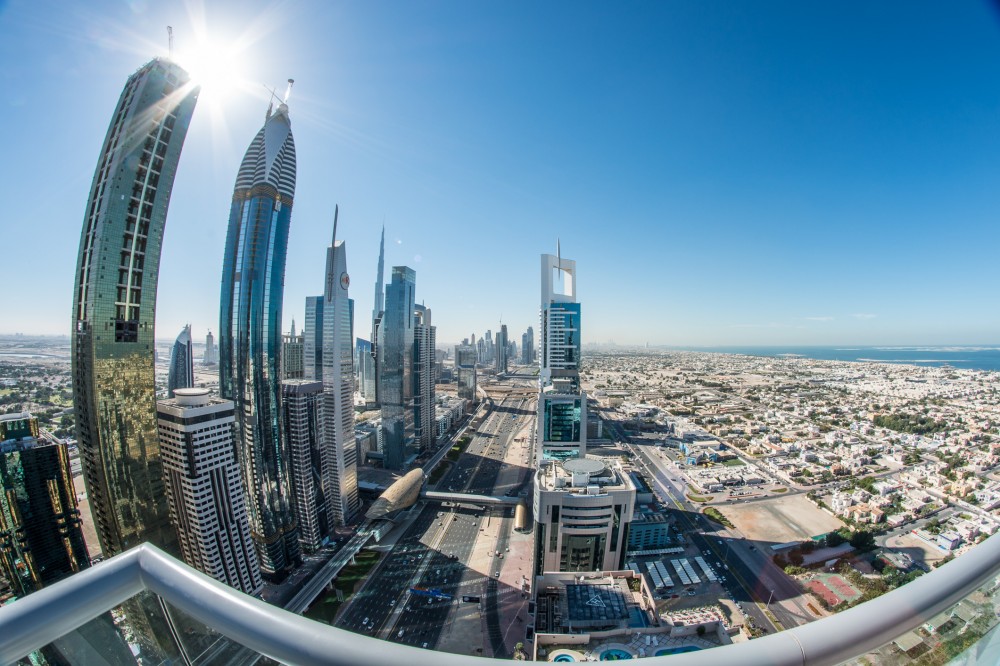
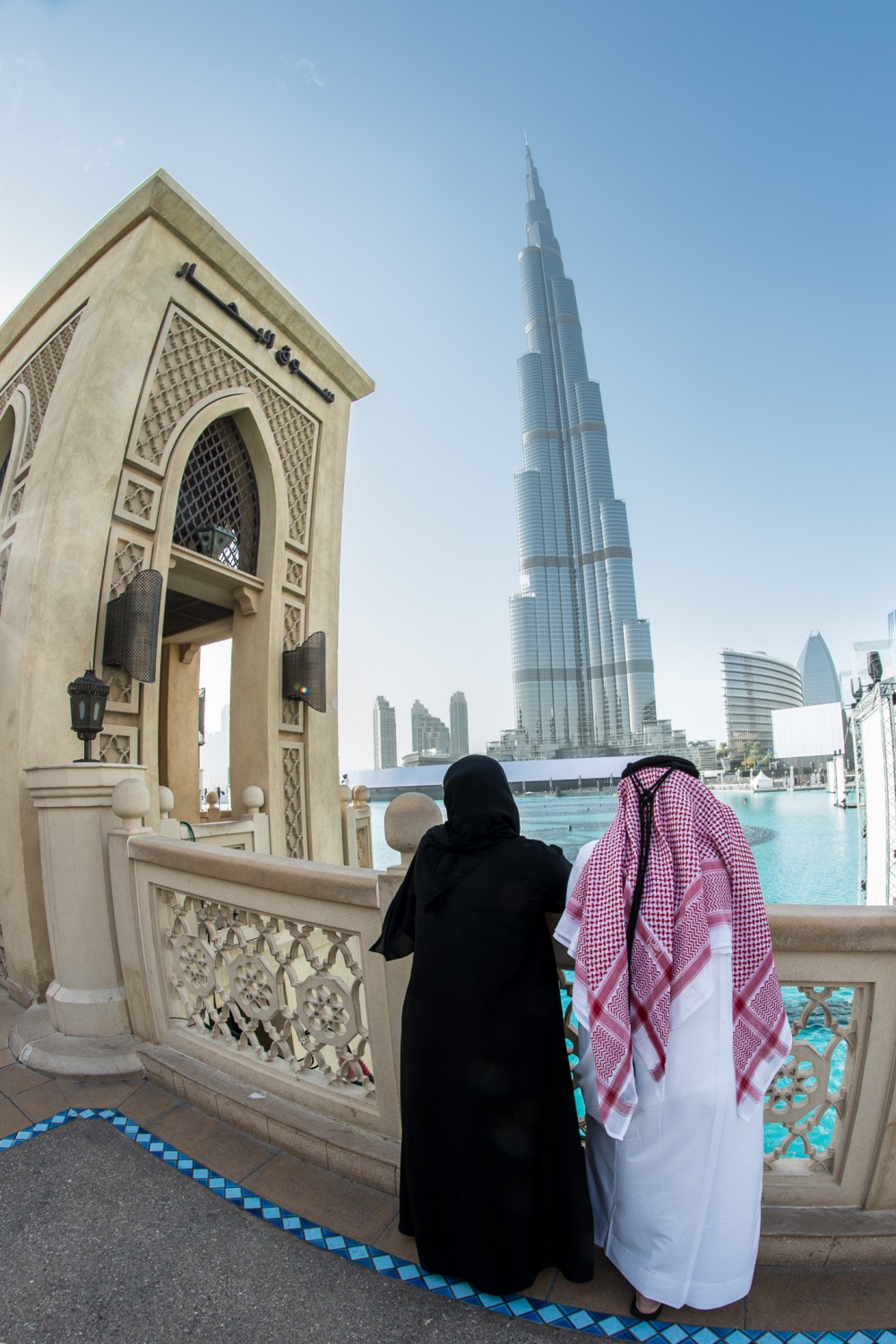
Walimex fisheye review
I can highly recommend the Walimex fisheye. It provides excellent value for the money. Image quality is very good – even on the Nikon D800. It’s light and small without feeling flimsy. I actually really enjoy this lens and use it more often that I had initially expected. Is it better than the more expensive Nikon or Canon equivalents? I doubt it. But you need to ask yourself whether it’s worth spending more than 400 USD on a lens that is typically used infrequently.
You can purchase the lens here:
Rokinon FE8M-N 8mm F3.5 Fisheye Lens for Nikon (Black)
Walimex Pro 8 mm f/3,5 Fish-Eye II Objektiv
